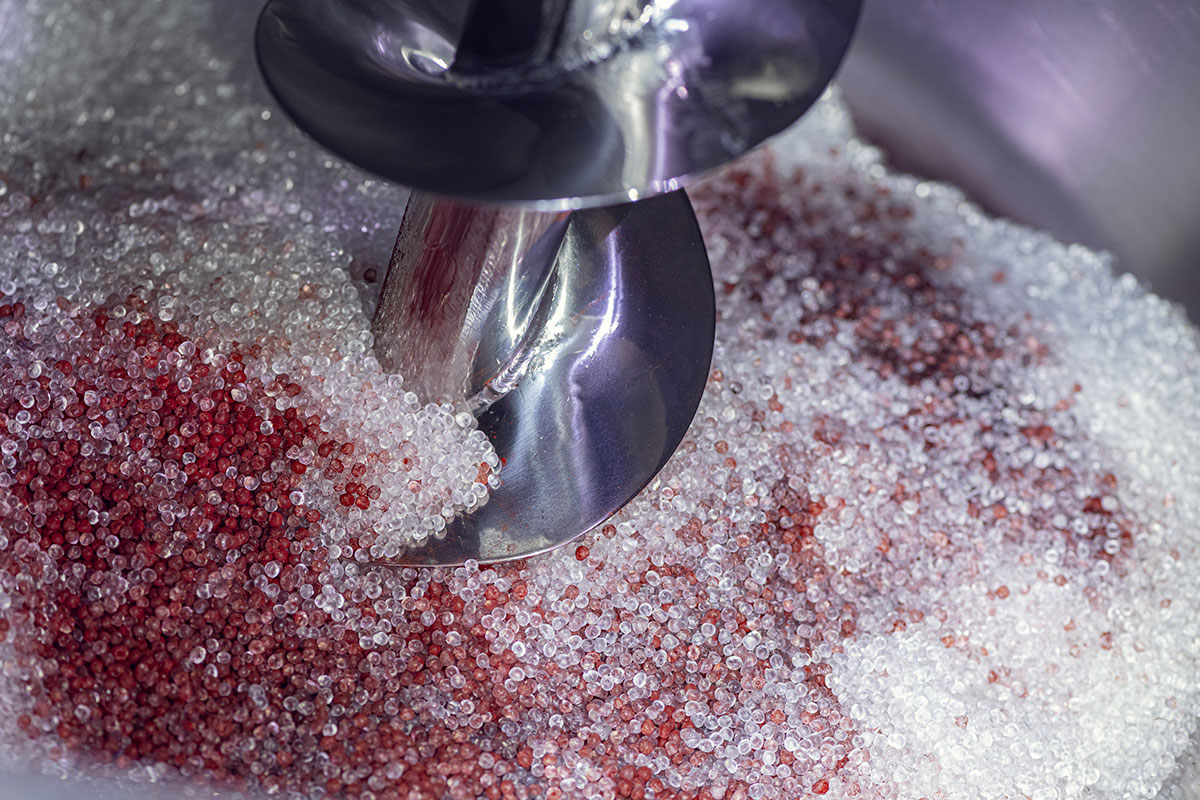How through the use of biopolymers derived from a renewable substance. Neubau’s eyeglasses perform equally or better than the material with the polymer mix
The ideation of a sustainable eyewear section
Why should an eyewear brand commit to designing and manufacturing more environmentally conscious products? Several industries continue to move in this direction, but eyewear brand owners are slow to develop models for sustainable eyewear. Among the big names and brands, there are no initiatives that have captured the attention of the public; whilst the smaller ones struggle in developing their research to find new solutions. In the case of the Neubau brand, the largest proprietary label decided a few years ago to implement a brand extension.
This was done by creating a company that could put conscious production and research at the center of its values. The approach is 360 degrees on the product but also on other levels and business factors such as machinery, energy expenditure, and waste reduction. Above all, the focus is on the evolution of materials in a sector where plastic is a major player, even among the most sought-after brands. Finding natural alternatives that can be manipulated into the shape of eyewear is one of the challenges. Another challenge is dealing with the production of accessories that are often exposed to usage and weathering. Talk of full organic and sustainable product manufacturing today seems premature, but some materials aligned with the above values are emerging in the marketplace.
Castor oil plant material
The alternative to plastic is plastic itself, derived from versatile materials present in nature. Bio-based polymers present alternatives for different industries, including in the eyewear sector. Neubau eyewear developed a biopolymer material from castor oil. The final product derived from castor oil beans and the cultivations can be found in India. The brand explains that they source it from a cooperative of 2,730 certified farmers. They propose sustainable farming techniques with waste management practices and safe training for the farmers. The castor oil is produced from the beans through a pressing process; this process separates the castor bean from the ricin toxic protein present inside the raw material. The resulting oil is free from any dangerous component and appears as a colorless to pale liquid.
This oil and the products that can be made from it are used for a variety of purposes, such as lubricants, dyes, coatings, and others. Daniel Liktor is managing director of Neubau. He explains that the benefit of using this material is the possibility of having a non-toxic end product. This is due to the passage of cold pressing during production. In fact, castor oil is also used with this technique in the medical and cosmetic fields and for the creation of the two bio-based polymers produced by the company.
A third-party supplier provides the brand the castor oil material, processing it with a special formula tailor-made for its usage. Liktor points out that they can’t disclose how the supplier manufactures the material. But that they do follow the entire process from India in order to be as transparent as possible. At the end, the castor oil arrives to Neubau industries under a granular shape brought in different sacks. This formula is essential to the implication of the following manufacturing process.
The development process of plant-based alternatives
The solution regarding the production of eyewear from biopolymers starts from a broad reflection of the consumption of plastic. It clearly has disastrous effects on natural minerals and the environment in general. Additionally, this issue also surrounds the high level of energy needed to distill oil and the cracking of naphtha, explains the firm. The production process involves the powdered castor oil, developed through a 3D printing technology that involves SLS (Selective Laser Sintering). Through the sintering, it is possible to layer the material in order to create the solid shape of glasses.
The heat, however, does not melt it to the point of liquefaction. The first step is heating the material with a high-powered laser that heats the refined castor oil powder below the melting point of 165°C. The second step consists of printing «the 3D structure which is created by printing layer upon layer of powder that are each separately sintered by the laser. This process takes twelve hours», clarifies the company. The last step is cooling it. This also lasts twelve hours, after which the product can be unpacked.
Once the printing is finished, it is necessary to treat the surface, which is white and opaque. A sand blasting process is used to remove the polyamide powder residue. Then the surface is polished to make it ready for the coloration. «Our high-tech coloring process is a well-guarded company secret. We only produce parts in monochrome shades at the moment, but we are continually developing new and innovative color options. The colors are resistant to natural chemicals (such as sweat), UV light and any type of solvent normally used by opticians», declares the company.
NaturalPX, the resulting materials
Through the use of castor oil and the production technique described above, the Neubau brand developed two different materials, the naturalPX and natural3D. The naturalPX is made from sixty-five percent castor oil bio-based polymer, and the thirty-five percent is constituted of regular polymer. This is done in order to make the product stronger and more elastic. Because of its composition, it is the material that allows the most flexibility in terms of final product design and coloring. Liktor explains that for this material, a faster production technique has been devised through injection molding. This method is able to control the entry level of the natural PX flow to make the final structure more precise whilst avoiding waste.
Natural3D
«The machine is heated to 290° celsius and then the liquid naturalPX is injected into a mold which is cooler. As it cools down to room temperature the naturalPX hardens perfectly to the shape of the mold cavity. More than 90% of the material that is used, and processed to produce a new frame. Any small amounts of excess naturalPX that escape can be recycled». The natural3D material is made completely of the bio-based material derived from castor beans and it is worked through the 3D printing process described.
Through this process, it is possible to eliminate the waste created to make the material, resulting in a small ecological impact. The products created with natural3D result are even more performative and durable than the ones created with a part of regular polymer. The naturalPX transparency permits to create a various color combination palette to implement the final product. The natural3D, on the other hand, has different characteristics that still permits a certain range of color and style usage. The eyewear models made from these materials are thirty percent lighter than the ones constituted of traditional plastics.
Lampoon reporting: eyewear from castor bean oil
Using castor oil developed by a third-party supplier in powder form, like large bags of flour. This allowed Neubau to develop its own model to work on for the eyewear product, explains Liktor. One of the positive features is the ability to avoid waste through the 3D printing technique. Additionally managing to avoid the use of oil-derived polymers. Both examples demonstrate how the product performs equally or better than the material with the polymer mix. This through the use of biopolymers derived from a renewable substance.
All at the expense of perhaps only being able to create more stylish products. The process to extract the raw material from the castor beans consumes a low level of energy, allowing the brand to maintain a minimal footprint for product completion. In addition, the two types of materials are free of any chemicals such as BPA, BPS and plasticizers. Other materials used in some parts of the product can be stainless steel, where sixty-five percent of this comes from recycled material, or titanium.
The benefit of 3D printing
As for the lenses, they are made from recycled materials from the company’s own eyewear production. This means that over seventy-five percent of the lenses are manufactured by the firm. As already explained by Liktor, 3D printing has several benefits in the production field, which can be defined as a zero-waste methodology. Fifty percent of the residual powder from post-production can be mixed with new powder to either produce a new frame or to produce useful filaments.
The 3D printing process is also part of a circularity model that can be used in this step, so that the little waste can be half mixed with new powder and then re-used. The remaining waste is disposed of through an external company that is effective at recycling this plastic material. This is done by removing traces of oxidation and contamination so that it can be reused where virgin material is not required. Although, according to Liktor, it will be possible to achieve complete naturalness and biodegradability of the eyewear product. Biopolymer-based structures and innovations in production from a technological perspective seem to be the starting point for an industry that does not reflect external changes.
Neubau
Eyewear brand born in Austria in 2016. Since its foundation, it aims to combine a certain level of professionalism developed within the company and stylish designs. For this reason the sustainable production within materials and industry approach comes together with the use of innovative technologies.




















